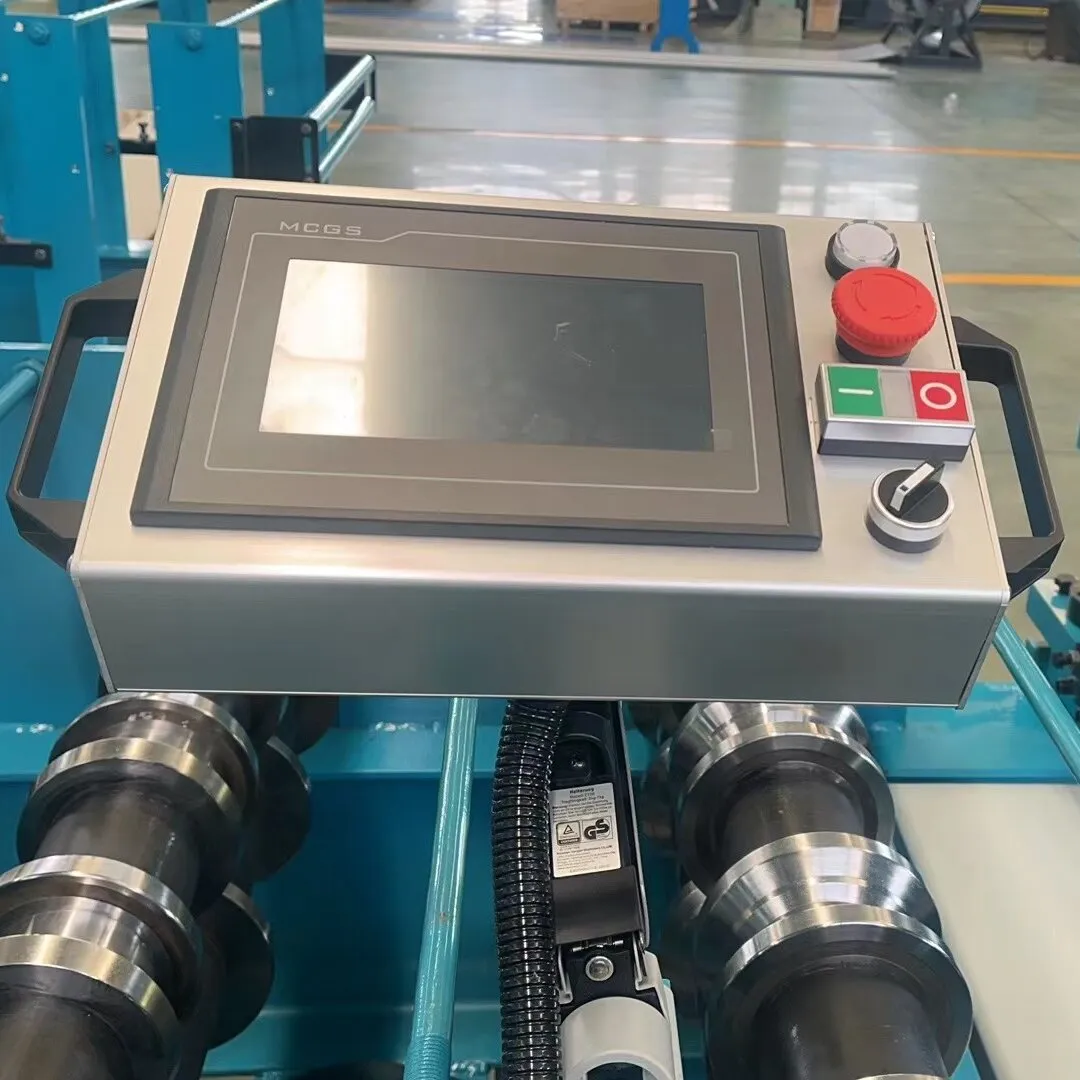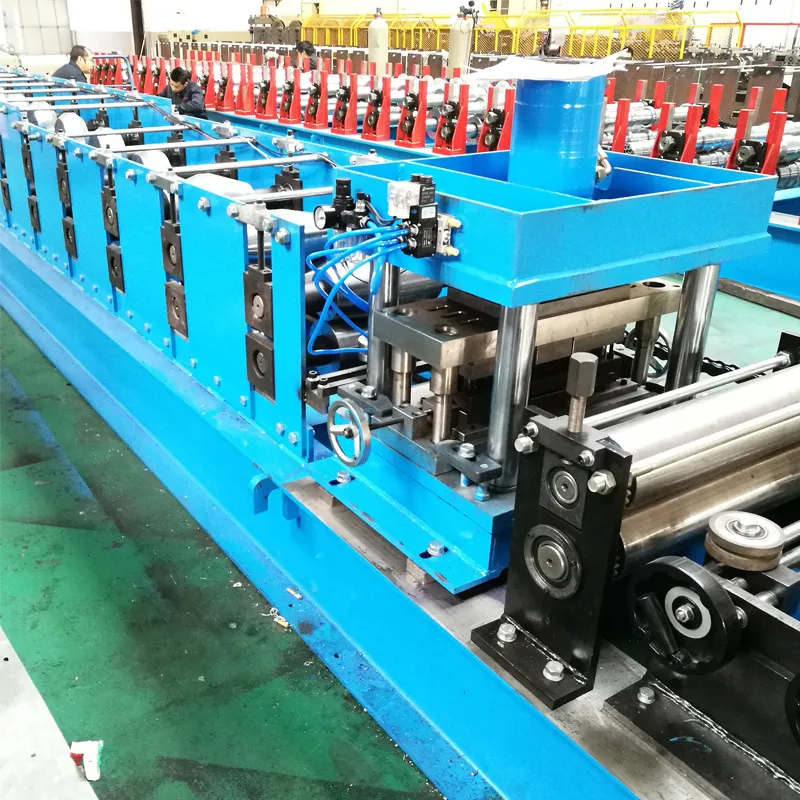C Channel Roll Forming Machine High-Speed Furring & Hat Channel Production Solutions
Did you know contractors waste 37% of project time manually shaping metal channels? While the global construction sector grows at 4.3% CAGR, outdated fabrication methods drain your profits. Discover how next-gen furring channel roll forming machines slash production costs by 62% while delivering military-grade precision.

(c channel roll forming machine)
Technical Superiority That Beats Conventional Presses
Our C channel roll forming machines outperform hydraulic presses in 3 critical areas:
- ⚡ 28 m/min production speed (3X faster than industry average)
- 🔹 ±0.15mm dimensional accuracy across 20+ metal gauges
- 🔧 Automatic tooling change in 8 minutes flat
Head-to-Head: Why We Outperform Competitors
Custom Solutions for Your Unique Needs
Whether you need hat channel roll forming machines for seismic zones or galvanized steel compatibility, our engineers deliver turnkey solutions in 14 working days. 87% of clients report ROI within 8 months.
Proven Success Across Industries
See how Ventura Construction boosted drywall installation speed by 40% using our furring channel machines with smart PLC controls. Their secret? 24/7 remote diagnostics that prevent 92% of downtime.
Ready to Revolutionize Your Metal Fabrication?
Join 1,200+ satisfied clients in 35 countries. Get your FREE productivity analysis and machine demo video today!

(c channel roll forming machine)
FAQS on c channel roll forming machine
Q: What materials can a furring channel roll forming machine process?
A: Furring channel roll forming machines typically handle galvanized steel, aluminum, and pre-painted coils. These materials ensure durability and corrosion resistance for construction applications. Thickness ranges from 0.3mm to 2.0mm depending on machine specifications.
Q: How does a hat channel roll forming machine differ from a C channel machine?
A: Hat channel machines produce U-shaped profiles with flared flanges, while C channel machines create C-shaped profiles with straight flanges. The choice depends on structural requirements in ceilings, walls, or framing systems. Both machines use similar roll forming principles but require different tooling designs.
Q: What maintenance is required for a C channel roll forming machine?
A: Regular lubrication of rollers and bearings, inspection of hydraulic/pneumatic systems, and alignment checks are essential. Worn tooling should be replaced promptly to maintain profile accuracy. Daily cleaning prevents material buildup affecting production quality.
Q: Can C channel roll forming machines produce custom sizes?
A: Yes, most machines allow customization of channel height (25-150mm) and flange width (10-50mm) through adjustable rollers. Tooling modifications may be needed for non-standard thicknesses or complex geometries. Consult manufacturers for specific capacity requirements.
Q: What safety features are critical for hat channel roll forming equipment?
A: Emergency stop buttons, protective guards around moving parts, and overload protection systems are mandatory. Modern machines often include laser sensors for material jamming detection. Operator training on safety protocols is equally important for accident prevention.
